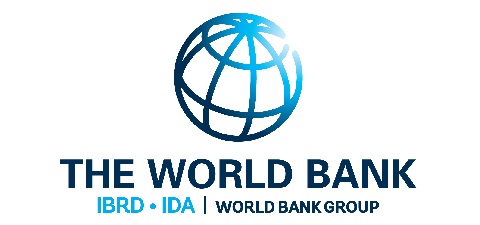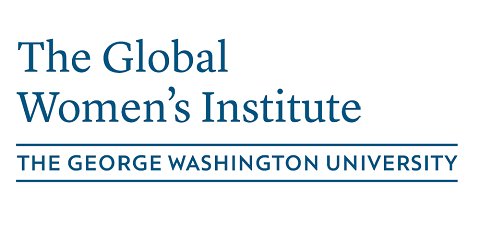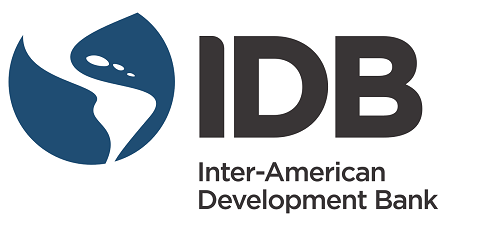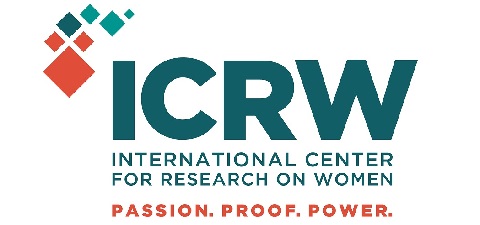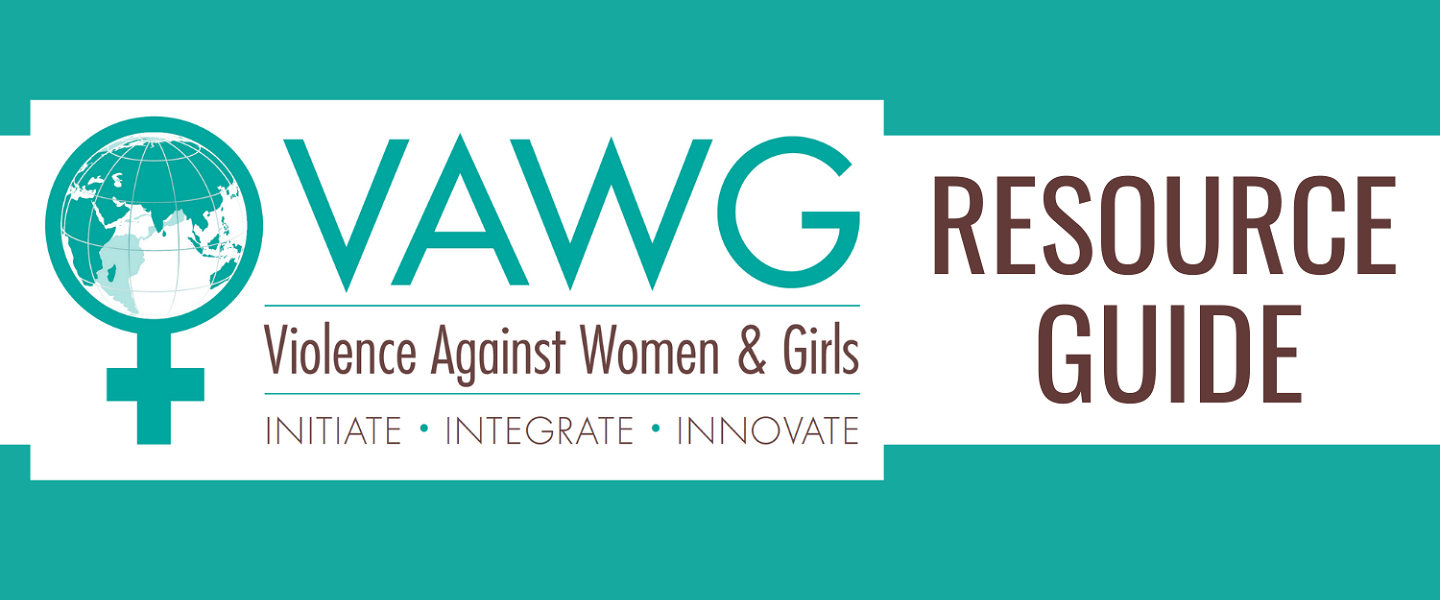The terms "gender-based violence" (GBV) and "violence against women" (VAW) are often used interchangeably, since most gender-based violence is perpetrated by men against women. GBV, however, includes violence against men, boys, and sexual minorities or those with gender-nonconforming identities. As such, violence against women (VAW) is one type of GBV. While violence against the other groups mentioned is often rooted in the same gender inequalities and harmful gender norms, this resource guide will focus on violence against women and girls (VAWG). This emphasis acknowledges the heightened vulnerability of females from childhood throughout their lifecycle and the profound, long-term impacts of sexual and physical violence on women and girls throughout their lives.
VAWG takes many forms, including sexual, physical, and psychological abuse. It occurs in the home, on the streets, in schools, workplaces, farm fields, and refugee camps, during times of peace as well as in conflicts and crises.1 Intimate partner violence (IPV) is one of the most common forms of VAWG; it refers to behavior by a current or previous husband, boyfriend, or other partner that causes physical, sexual or psychological harm, including physical aggression, sexual coercion, psychological abuse and controlling behaviors.2 Such violence both reflects and reinforces underlying gender-based inequalities.3
Article 2 of the Convention on the Elimination of all forms Discrimination Against Women (CEDAW) notes that violence against women includes sexual, physical, and psychological violence in the:
- Family: such as battering, sexual abuse of children, female genital mutilation/cutting, and rape;
- Community: such as sexual abuse, sexual harassment and intimidation, trafficking, and forced prostitution; and
- State: such as poorly drafted or unenforceable laws for violence against women, law enforcement agents who violate women, the lack of facilities and education for prevention and treatment of women exposed to violence, the sanctioning and reinforcement of unequal gender relations. The state’s indifference and neglect in creating opportunities for women in regard to employment, education, participation and access to social services also perpetuates gender-based violence.
There are numerous commonly used terms for referring to violence against women, none universally agreed upon. Many terms, which are based on diverse theoretical perspectives and disciplines, have different meanings in different contexts and countries.4
Violence against women (VAW) is any act of gender-based violence that results in, or is likely to result in, physical, sexual or mental harm or suffering to women, including threats of such acts, coercion or arbitrary deprivation of liberty, whether occurring in public or in private life. (UN General Assembly, 1993)
Gender-based violence (GBV) is violence that is directed against a person on the basis of gender. It constitutes a breach of the fundamental right to life, liberty, security, dignity, equality between women and men, non-discrimination and physical and mental integrity. (Council of Europe, 2012)
Intimate partner violence (IPV) refers to behavior by an intimate partner or ex-partner that causes physical, sexual or psychological harm, including physical aggression, sexual coercion, psychological abuse, and controlling behaviors. (WHO 2013)
Sexual violence/sexual assault is any sexual act, attempt to obtain a sexual act, or other act directed against a person’s sexuality using coercion, by any person regardless of their relationship to the victim, in any setting. It includes rape, defined as the physically forced or otherwise coerced penetration of the vulva or anus with a penis, other body part, or object. (WHO, 2012)
Sexual exploitation means any actual or attempted abuse of a position of vulnerability, differential power, or trust, for sexual purposes, including, but not limited to, profiting monetarily, socially, or politically from the sexual exploitation of another.
Sexual harassment is unwelcomed sexual advances, requests for sexual favors, and other verbal or physical conduct of a sexual nature. (UN Secretary General, 2008)
Female genital mutilation/cutting: all procedures that involve partial or total removal of the external female genitalia or other injury to the female genital organs for non-medical reasons. (WHO 2013)
Child marriage: a formal marriage or informal union before age 18.
